Buenos Aires, the vibrant capital of Argentina, is a city where modern innovation harmonizes effortlessly with its colonial past. From its sleek modern structures to the enchanting colonial buildings, prepare to immerse yourself in the architectural wonders that make this city truly exceptional.
Modern Marvels:
Buenos Aires’ modern architectural landscape is a testament to its forward-thinking spirit and artistic expression.
Puerto Madero District:
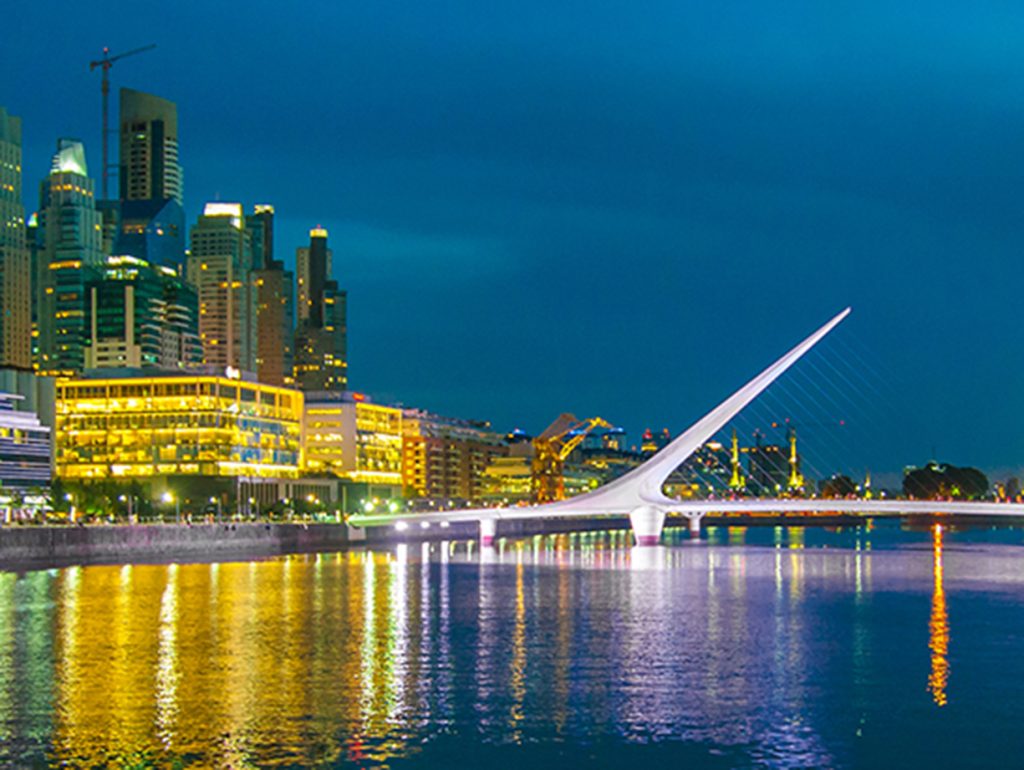
This reimagined port area boasts avant-garde skyscrapers such as the iconic “El Faro” tower. A leisurely stroll along the waterfront promenade provides breathtaking views of the city’s contemporary skyline.
Floralis Genérica:
A mesmerizing sculpture that mimics the movement of a flower, symbolizing renewal and rebirth. Its aluminum petals open and close with the sun, representing the city’s dynamic character.
Usina del Arte:
Once a power plant, it has been ingeniously transformed into a cultural center that marries industrial design with artistic exhibitions, performances, and cultural events.
Planetario Galileo Galilei:
Inspired by the cosmos, this planetarium’s futuristic dome offers an immersive experience of the universe through cutting-edge technology.
Colonial Charms:
Buenos Aires’ colonial architecture harks back to its history and European influence.
La Manzana de las Luces:
A historic complex featuring San Ignacio, the city’s oldest church, and an intricate network of underground tunnels once used by Jesuit priests.
Casa Rosada:
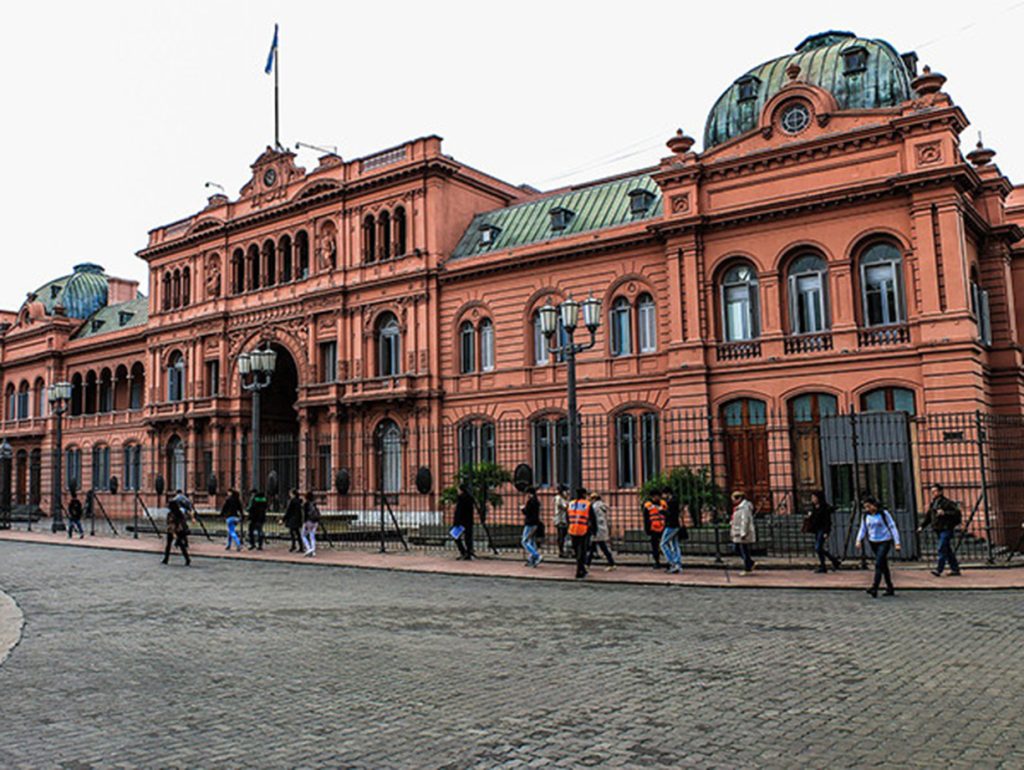
The iconic Pink House is both the presidential palace and a symbol of Argentina’s political history. Its neoclassical façade and iconic balcony evoke emotions tied to historical moments.
Cabildo:
A colonial-era building that formerly housed the city council and now serves as a museum, offering a glimpse into the city’s past.
Iglesia de San Telmo:
An exquisite example of colonial architecture with its ornate façade and baroque-style interiors, showcasing the 18th-century charm.
The Marriage of Old and New:
Buenos Aires’ allure lies in its seamless integration of the modern and the colonial.
Teatro Colón:
A world-renowned opera house, celebrated for its impeccable acoustics and opulent design, beautifully blending European influences with local craftsmanship.
MALBA – Museo de Arte Latinoamericano de Buenos Aires:
A forward-thinking museum with contemporary architecture, housing a remarkable collection of Latin American art.
Palacio Barolo:
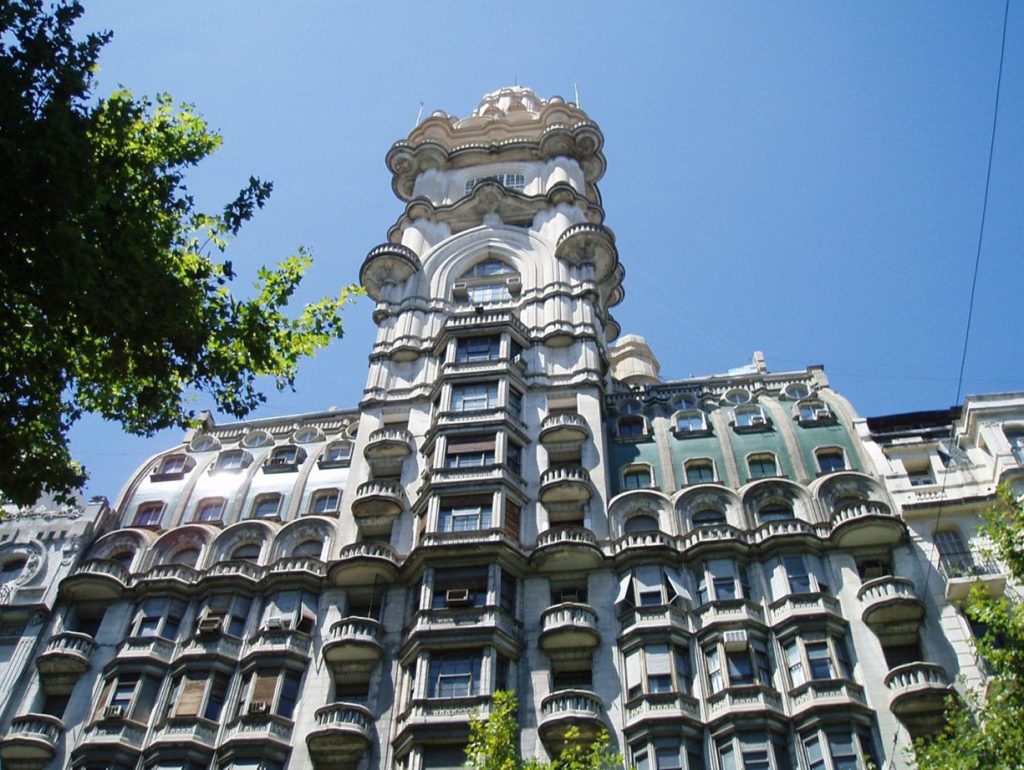
An eclectic masterpiece that fuses Gothic, Romanesque, and Art Nouveau styles, reflecting Dante’s Divine Comedy in its design.
Plaza de Mayo:
A historic square surrounded by colonial and neoclassical buildings, serving as a backdrop for modern-day protests and gatherings amid historical significance.
Practical Tips:
- Guided Tours: Consider joining guided architecture tours to gain deeper insights into the stories behind these architectural gems.
- Local Insights: Engage with locals to uncover the history and significance of various architectural landmarks.
- Photographic Exploration: Capture the captivating contrast between old and new, traditional and modern, to showcase Buenos Aires’ architectural diversity.
Buenos Aires beckons you to embark on a remarkable architectural journey that transcends time and style, offering a visual spectacle that celebrates the city’s multifaceted identity.
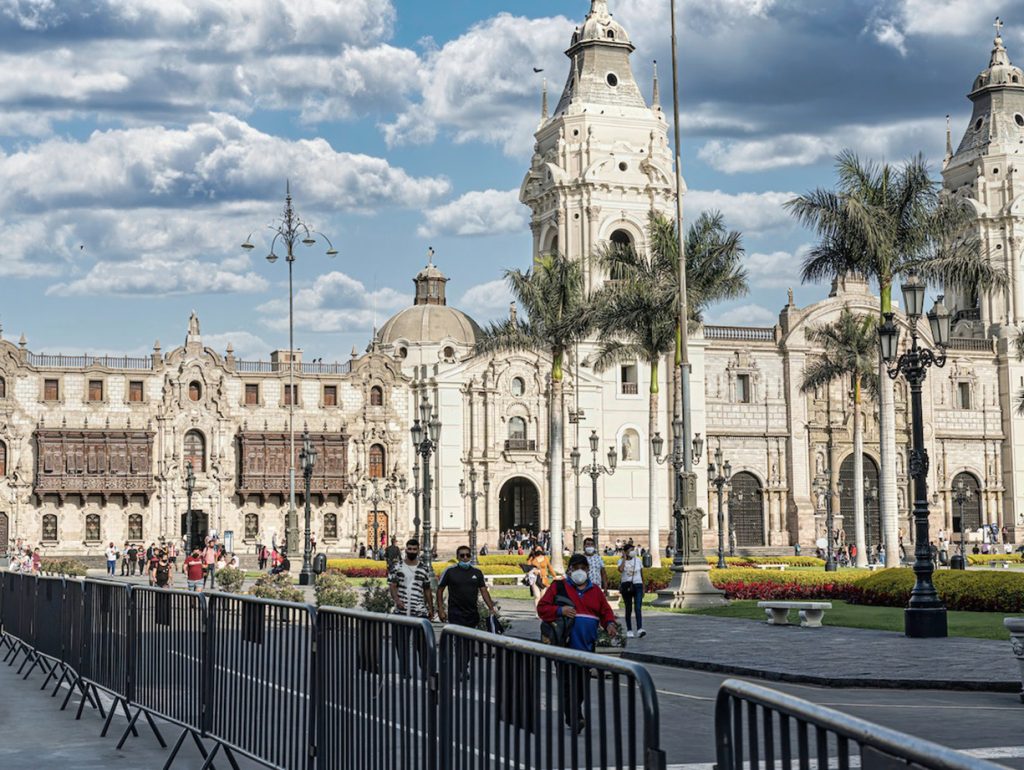
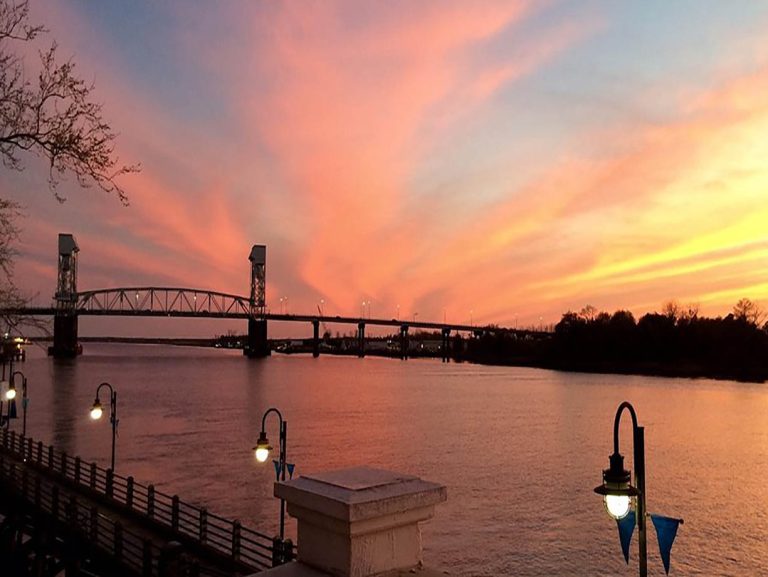
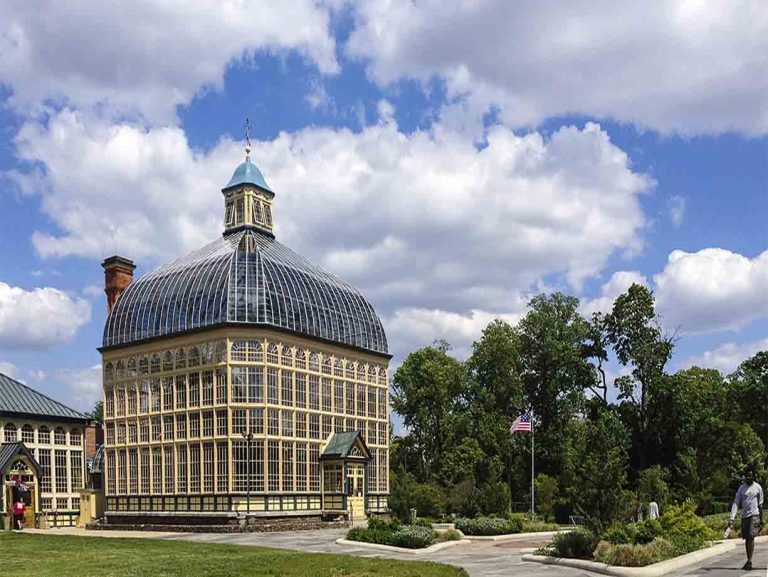
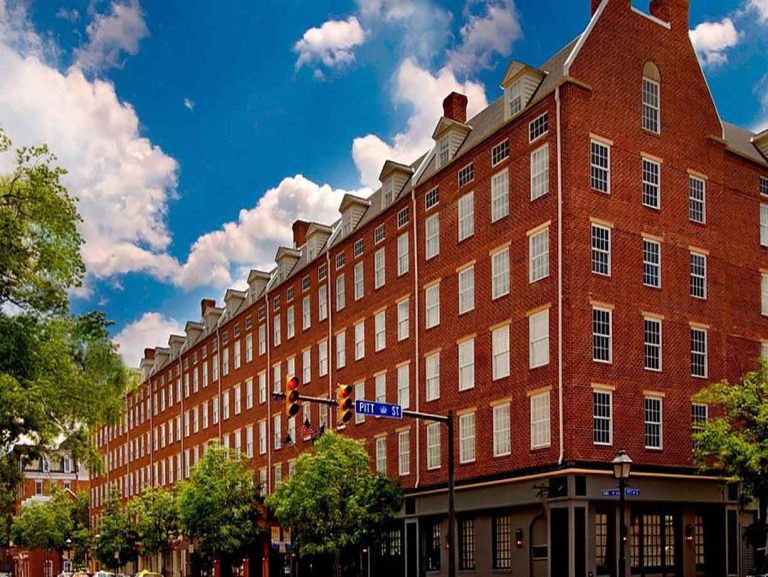


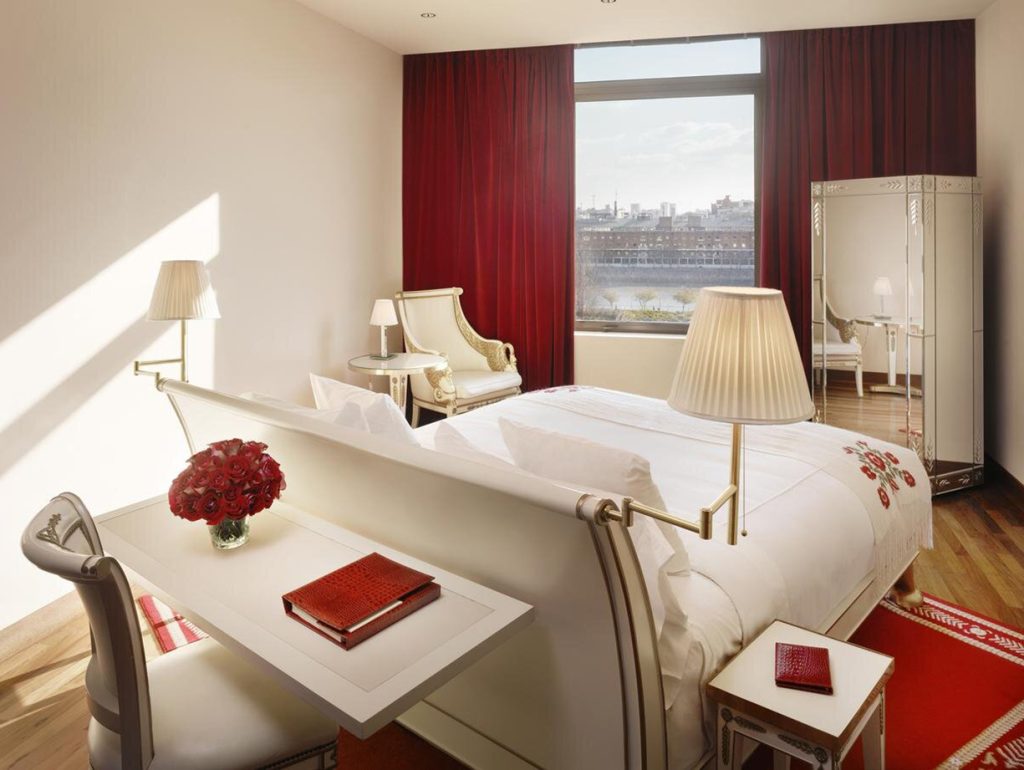
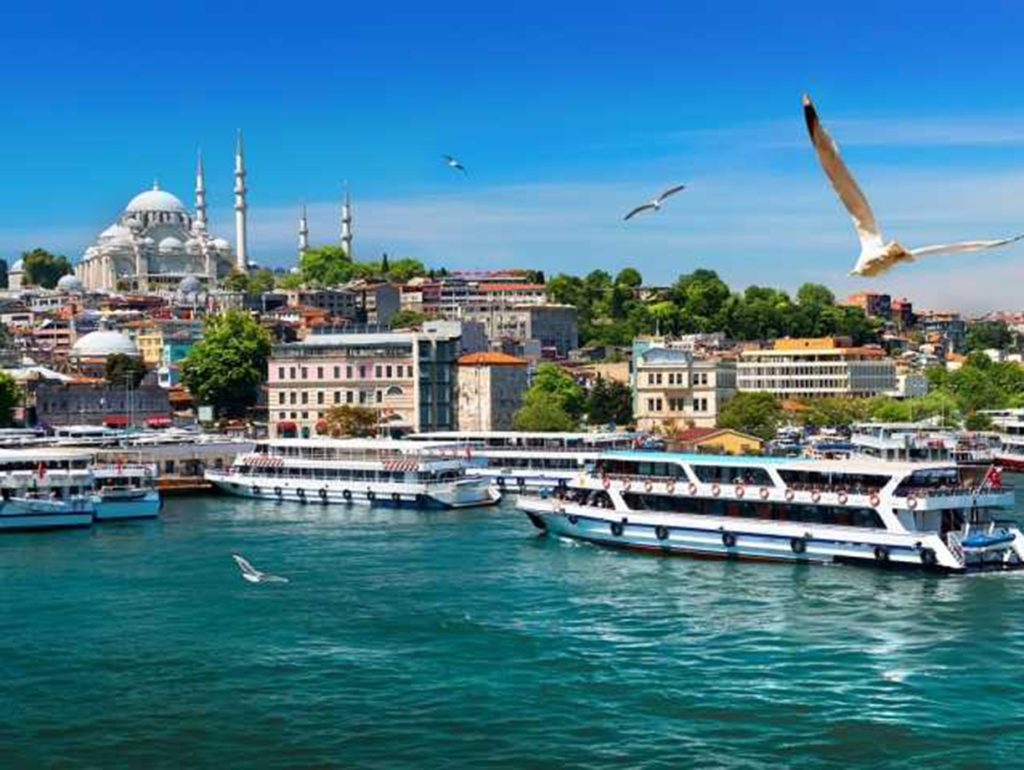

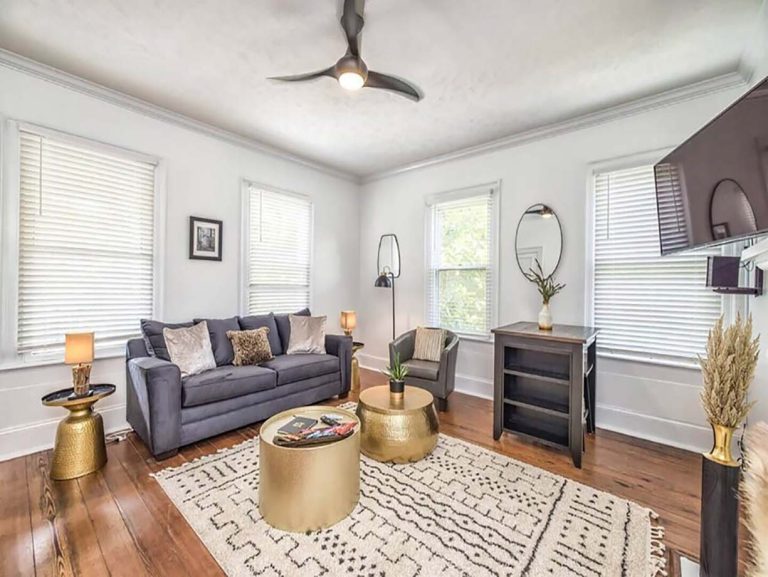
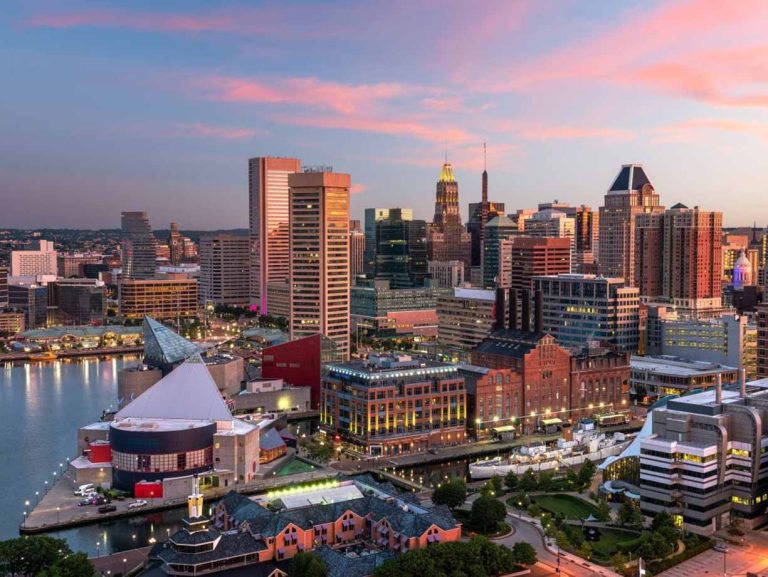

+ There are no comments
Add yours